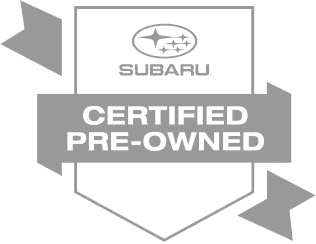
1. Better Driving Habits
Stay within the speed limits. Driving at reduced highway speed requires less fuel to get you where you are going. On long level highway drives, cruise control maintains fuel consumption better than drivers can on their own.
Fast starts, aggressive passing and abrupt braking all contribute to higher fuel consumption. There's no need to race up to the speed limit when the signal turns green. Easing down on your accelerator pedal rewards you will less fuel consumption. Additionally, when your car is coasting, almost no fuel is being used. Rather than racing to the next stop light, let your foot off the gas pedal sooner and coast a longer distance toward your stop.
Use overdrive gears (if equipped.) Overdrive reduces your engine speed and uses less fuel than running at higher RPMs.
On warm days, park in a shaded area to minimize the need for air conditioner use. Air Conditioners place additional loan on engines requiring more fuel.
2. Plan Your Trips
If possible, adjust your work hours so you commute during off peak hours, and avoid stop and go traffic. (Ridesharing saves money and resources for commuters, too!)
Cold engines can be less efficient. Combine two short errands in one longer trip rather than taking separate trips to accomplish your to do list. Route your trips using navigation aids when possible to determine the shortest overall route to several destinations.
3. Maintain Your Vehicle
Clear out the junk! Extra weight from unnecessary cargo in the vehicles forces the engine to work harder and use more gas. Carry only what you need for each trip in your vehicle.
Use the oil grade recommended in your Owner's Manual. Improper oil weight can also cause the engine to work harder.
Address a Check Engine light immediately. It may reflect a condition which wastes fuel. Keep your engine tuned and in top working order.
4. Tire Pressure Matters
The U.S. Government suggests that you can save up to 3.3 percent on fuel by keeping your tires properly inflated (according to www.fueleconomy.gov/feg/maintain.shtml). Air molecules slowly seep out of tires over time so check your pressures on all four tires regularly. Keep tires inflated to their recommended levels listed on the label located on the driver's side door frame.
5. Use Feedback Systems (if equipped)
If your vehicle is equipped with a trip computer, use its average fuel consumption calculations in shorter segments. We tend to track our average consumption for each tank of gas. By resetting the computer at the beginning of each short trip, its feedback can help us learn the driving styles that provide the best results for various driving conditions and routes.



